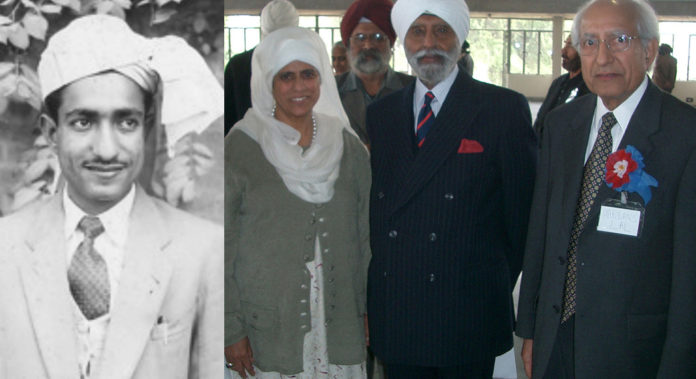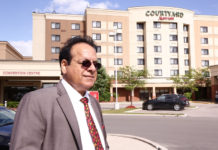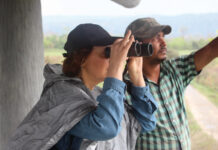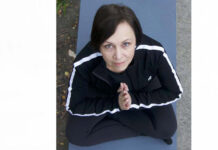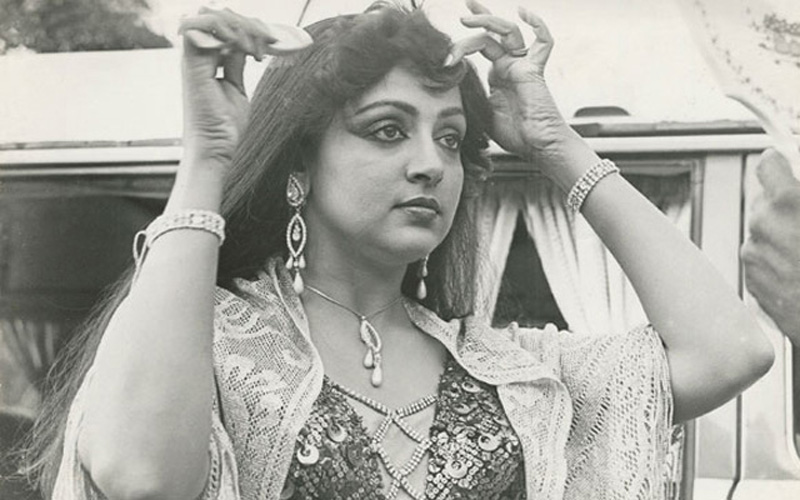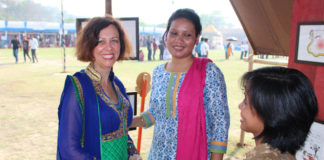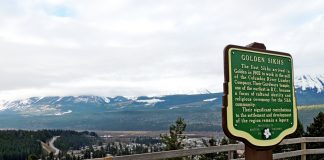The Canadian Bazaar
TORONTO: You can’t imagine a Sehajdhari in important positions in Sikh institutions today, but once upon a time even the All-India Sikh Students Federation (AISSF) had a sehajdhari as its president in the early 1950s.
His name was Harbans Lal who is today known as Bhai Harbans Lal or Dr Harbans Lal.
“Yes, I was the first and only Sehajdhari president of the AISSF,’’ says Dallas-based Dr Harbans Lal, 87, who retired as chairman of department of pharmacology & neuroscience at University of North Texas Health Science Center.
Dr Lal is known for organizing global conferences on the Guru Granth and has written for Sikh Review of Kolkata, Journal of Sikh Studies of GNDU and Sikh Sansar started by `Father of fiber optics’ Dr Narinder Singh Kapany in San Francisco.
For promoting studies of Sikhism, he was given the highest Sikh honour of Nishan-e-Khalsa in 1999 on the 300th anniversary of the Khalsa. In 1995, GNDU also conferred D. Litt on him.
“I was also given the title of `bhai sahib’ by the AISSF in the 1950s and by the SGPC in 1963,’’ says Dr Harbans Lal who was born in Haripur (Pakistan) in 1931.
“My father was a Hindu and my mother came from the family of Sehajdhari Sikhs. Since my parents had no child, they prayed at the local women’s gurdwara called Guru Istri Satsang Sabha in Haripur. The women granthis advised my parents to pray for a son at Panja Sahib gurdwara. I was born with the blessing of Guru Nanak,’’ he recalls.
Interestingly, he credits former Pakistani dictator Ayub Khan for triggering his interest in Sikh student politics. “Ayub Khan, who was also from Haripur, had formed a Muslim student federation. He would tell us that Hindus will get Hindu India and Muslims will get Pakistan, but Sikhs won’t get anything unless educated Sikhs did something. So we formed a Sikh student federation in Haripur and sent its news to the Liberator newspaper in Lahore, edited by Gopal Singh Dardi. Dadri wrote back to tell us that a Sikh student federation has already been formed in Lahore and asked us to join it.’’
He adds laughing, “Ayub Khan joined the Lakhsmi Chand Khalsa High School, instead of Islamia School in Haripur. During exams, he would visit gurdwara and the granthi would advise him to recite Mool Mantra before writing his exams.’’
Dr Lal’s family moved to India during the Partition.
“Muslims from nearby villages set three gurdwaras on fire in Haripur. Hindus and Sikhs were just 10 percent of Haripur’s population of 25,000, and I had just finished my high school. We left Haripur in March 1947, hoping to return soon because we thought the Partition would be relatively peaceful.’’
He says his family settled in Deoband (UP) as they feared outbreak of violence in Punjab in 1947.
His involvement with the All India Sikh Student Federation began when he joined medical college in Amritsar for his B.Sc in pharmacy after his F.Sc from Ambala.
“When I was doing my B.Sc, I was also busy in AISSF activities. I was elected its president in 1954.’’
During his Amritsar days, he remembers meeting Master Tara Singh who showed him the sword with which he had allegedly tore the Muslim League flag in Lahore in 1946.
Dr Lal continued in this role even after he got a job in Mumbai on completion of his B.Sc in pharmacy.
“During my two years of presidentship, the AISSF began publishing the Sikh Students monthly in English to enhance communication with units that were spread in all over India. I edited the magazine with the help of Dr. Santokh Singh and other colleagues,’’ he says.
Dr Harbans Lal says he had a grand vision for the AISSF.
“My being in Bombay, there was a very active Bombay Circle, the Khalsa Colege being the primary site of activities. There were active units and circles of AISSF all over India expanding from Calcutta and Bombay to Jammu and Kashmir, and a few units in East Africa. Extending the AISSF to the UK and US was in planning. Primary emphasis was to acquaint Sikh students with their rich heritage and train them in leadership skills as one day they would be replacing the aging Sikh leadership in all spheres.  I remember sending a sword as a token of appreciation to the first President of the new state of Israel.’’
In September 1956, he left for the US to join the University of Kansas for my masters and later do his Ph.D from the University of Chicago. He met my German wife Amrita in Chicago and they married in 1964.
“I had brought the holy Granth with me when he left India. By the 1970s when I had established myself, I started serious work on Sikh studies.’’
His work on Sikh studies continues to this day.

